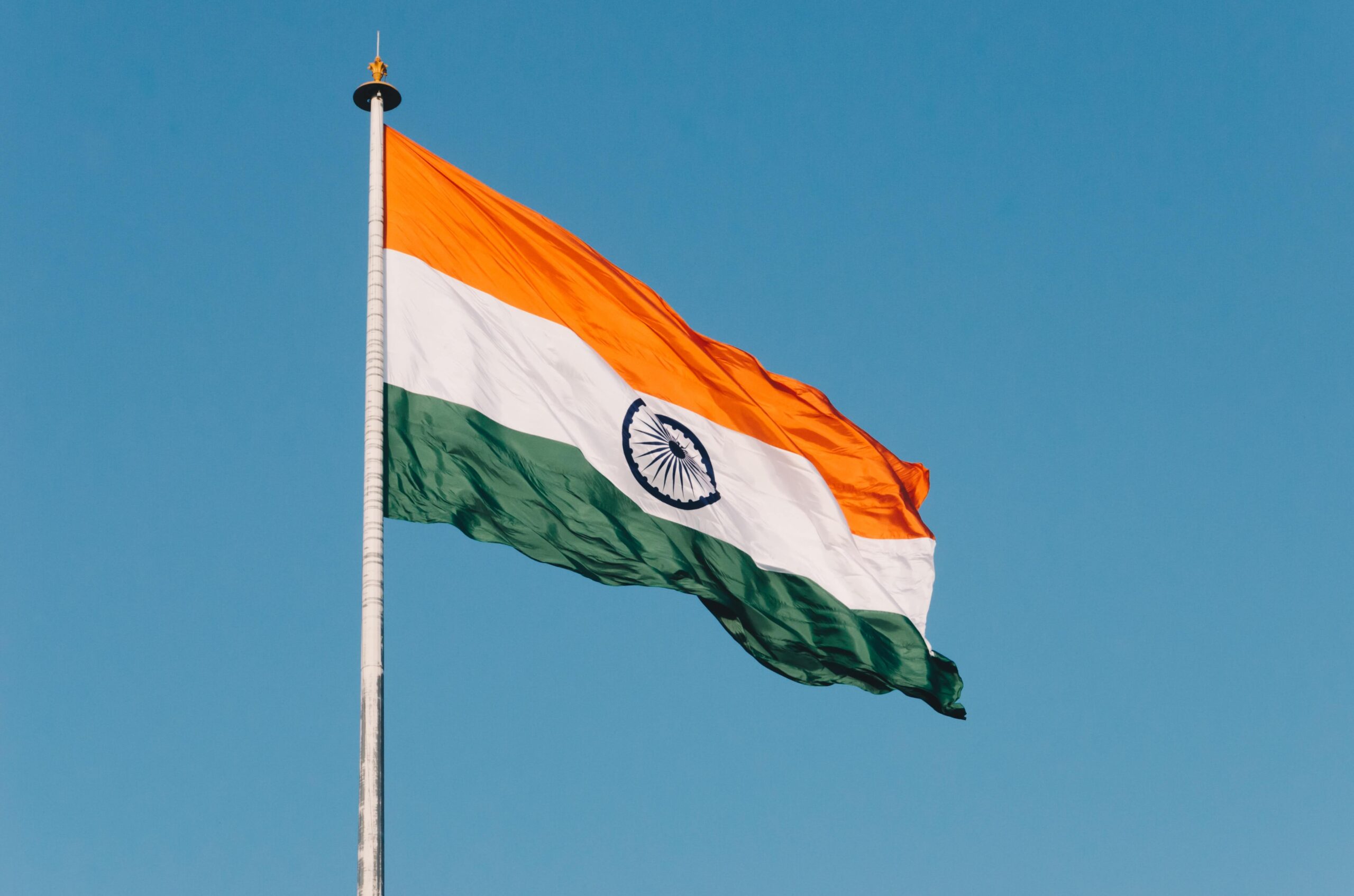
Key Insights
- India recently overtook China in terms of population and, according to some forecasts, may become the third largest economy in the world in the near future.
- How the Indian economy attracts investors from all over the world and what opportunities there are for Investors in the stock market of this friendly country, MarketsXplora tell
India is becoming an object of attention for major players: Google and Amazon have announced their readiness to invest $10-15 billion in the Indian market, Elon Musk announced the arrival of Tesla in the country.
According to Goldman Sachs analysts, India is the most interesting and “fruitful” market for investors among developing countries.
In May 2023, the stock market of this country reached a capitalization of $3.3 trillion.
Key factors making India attractive
Economy
India shows one of the highest GDP growth rates among the world’s major economies. If you look at the structure of GDP , since the middle of the 20th century, the country’s economy has been actively transformed from an agricultural to an economy, where more than 50% of GDP falls on such service sectors as tourism, finance, IT.
India shows strong growth in the online economy: from 2019 to 2022, the e-commerce market increased from $40.4 billion to $84 billion, and by 2030, according to forecasts, will grow to $350 billion, and the total volume of the online market up to $1 trillion.
Another attractive factor is that the ratio of public debt to GDP is not critical compared to many developed countries: while in others this ratio exceeds 100% , in India it is at the level of 89%.
Over the past 10 years, inflation and the unemployment rate have remained at their average levels.
Demography
As of 2023, the population of India is 1.4 billion people and is ahead of China by 1%. The demographic picture in many developed countries of the world shows a reduction in the working-age population and a high burden on social security.
Compared to China, the situation in India looks favorable: there are now about 650 million people in the 25-65 age group, and 830 million in China.
India’s working-age population is projected to grow by a third of a billion by 2040, while in China it will decline. by 100 million. At the same time, the population in the country in 2023 is the youngest in the world, and this already now requires attracting foreign investment and developing projects to create jobs.
Geopolitics
Amid growing tensions with China, the United States is stepping up strategic cooperation with India: in the fiscal year 2022/2023, it became the country’s main economic partner. Trade turnover increased by 7.65% to $128.55 billion.
On the other hand, India maintains and develops economic relations with Russia.
For the first time, our country entered the top five largest trading partners of India, and in the 2021/2022 financial year, it ranked 25th. For 10 months of the 2022/2023 financial year, trade between the countries increased more than three times and reached $39.8 billion.
For India, which values its independence, such a strengthening of relations with various major players is favorable. It can be assumed that, since India defends its interests in the development of the country in the international arena, it will continue to strengthen the multipolar format of interaction with other countries.
Which stock to buy now in Indian market?
Buying shares of individual companies in emerging markets is always an increased risk.
A private investor will not be able to follow the developments of a particular Indian company and track how various processes in the country may affect it. Therefore, the least risky strategy will be a diversified approach: buying shares of the above ETFs – INDA or INDY.
If an investor is interested in specific companies in the Indian stock market, then it is better to choose “blue chips” – the largest and most liquid shares of companies that are leaders in their segment and have stable financial performance and reliable management.
For example, the blue chips of the pharmaceutical company Dr. Reddy’s Laboratories (RDY) and one of the country’s major banks, ICICI Bank (IBN).
Read also: What Are the Top 7 Meme Stocks 2023 That Drive Investors Crazy?
What should investors fear in India?
When working with foreign shares of any country, including “friendly” ones, which include India, an investor needs to consider the potential freezing of its foreign assets, as well as sanctions and infrastructure risks associated with restricting the movement of funds.
In addition to these risks, which are specific to the current geopolitical situation, there are risks associated with the instability of emerging economies.
All investors should take into account the fact that, despite the high potential for growth, in the event of a crisis, developing countries react more sharply to them.
The Indian economy, like most developing economies, is sensitive to changes in the foreign exchange market, to commodity and raw materials markets, to changes in the situation in developed countries and events within their country.

The Indian rupee is a risky currency: over the past few years, it has lost 10% against the dollar. The rupee is falling with increased risks in the global economy and is more volatile than, for example, the yuan or the dirham.
The situation with the country’s largest conglomerate Adani Group became indicative for investors, when, after an investigation by the American company Hindenburg Research about the manipulation of the value of securities and other violations, Adani Group shares fell by $100 billion in a week, the fortune of the founder and chief Indian billionaire Gautam Adani decreased by 30%, and India fell out of the world’s top 5 stock markets after a stock crash.
Despite the rapid recovery of the economy and the return to the fifth line, this situation clearly showed that a more rational distribution of capital is necessary for the development of infrastructure in the country.
You also need to understand that investments in emerging markets, including India, will not give super-high returns, so you should not count on the rapid growth of capital.
The Indian market is interesting in terms of portfolio diversification by country and reducing the risk of asset allocation.
India has a high potential: according to the forecasts of the American investment bank Goldman Sachs, by 2075 the Indian economy could take second place in the world with a volume of $52.5 trillion, overtaking the United States in terms of GDP.
The development of the country will be facilitated by demographic growth, the ambitious goals of the government, as well as the fact that technology has become the basis of the country’s national idea – Atmanirbhar Bharat(“Digital India”).
These factors create favorable conditions for long-term investment.
